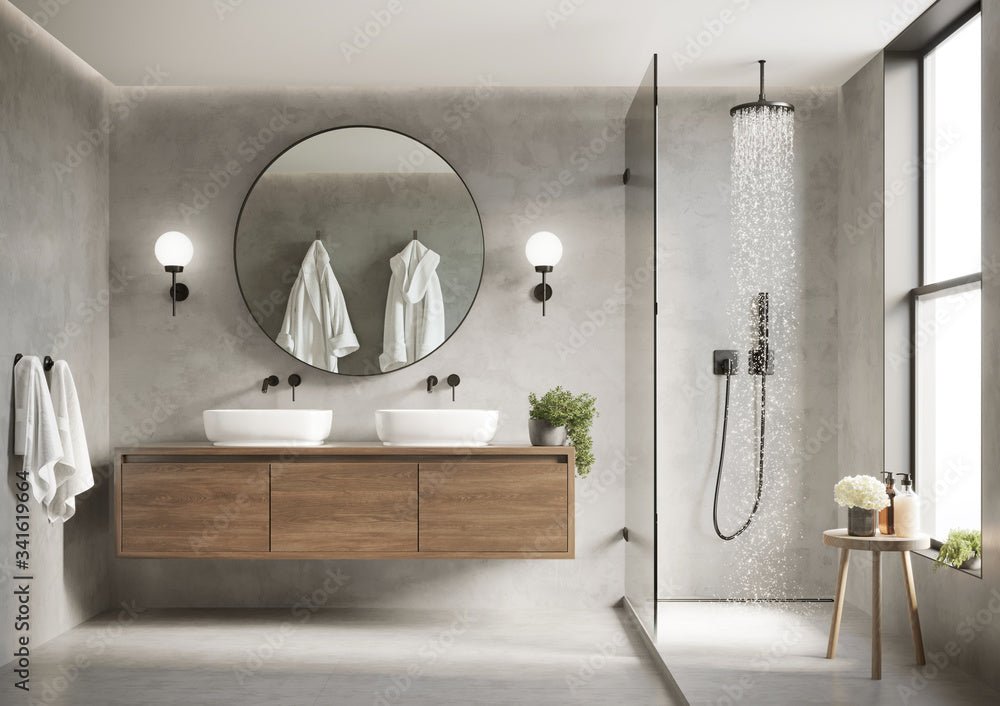Proper lighting is essential for both functionality and ambiance in every room of your home. Each space has unique lighting needs based on its purpose and design. As your friendly home interior expert, I’m here to share tailored lighting solutions for various rooms, ensuring that your entire home is well-lit and beautifully illuminated.
1. Kitchen Lighting
The kitchen is a multifunctional space where good lighting is crucial for both cooking and socializing. A combination of ambient, task, and accent lighting works best.
Key Areas:
- Ambient Lighting: Use ceiling-mounted fixtures like recessed lights or a central chandelier to provide overall illumination.
- Task Lighting: Install under-cabinet lights to illuminate countertops, making meal prep safer and easier. Pendant lights over the island or sink offer focused lighting for specific tasks.
- Accent Lighting: Use LED strips inside cabinets or along the toe-kick area for a modern, stylish touch.
Tip: Ensure your task lighting is bright and shadow-free to enhance visibility while cooking.
2. Bathroom Lighting
In the bathroom, lighting needs to be both functional and flattering. Consider a mix of ambient and task lighting to meet various needs.
Key Areas:
- Ambient Lighting: Overhead fixtures like flush mounts or recessed lights provide general illumination. Consider adding a dimmer switch for adjustable lighting.
- Task Lighting: Install vanity lights on either side of the mirror at eye level to eliminate shadows and provide even, flattering light for grooming tasks.
- Accent Lighting: Use LED strips or small spotlights to highlight architectural features or artwork.
Tip: Choose fixtures with a high CRI (Color Rendering Index) to ensure colors appear natural and true.
3. Living Room Lighting
The living room is a versatile space for relaxation, entertainment, and socializing. Layered lighting creates a flexible and inviting environment.
Key Areas:
- Ambient Lighting: Use ceiling fixtures like chandeliers, recessed lights, or large pendant lights to provide overall illumination.
- Task Lighting: Floor lamps and table lamps offer focused light for reading or other activities. Position them near seating areas for convenience.
- Accent Lighting: Highlight artwork, architectural features, or decor items with spotlights, wall sconces, or picture lights.
Tip: Use dimmers to adjust the light intensity based on the activity and mood.
4. Bedroom Lighting
In the bedroom, lighting should create a serene and relaxing atmosphere while providing functionality for specific tasks.
Key Areas:
- Ambient Lighting: Ceiling fixtures like flush mounts or pendant lights provide general lighting. Consider adding a dimmer for a softer, more relaxing ambiance.
- Task Lighting: Bedside table lamps or wall-mounted reading lights offer focused light for nighttime reading. Make sure they have adjustable brightness settings.
- Accent Lighting: Use LED strips under the bed or along shelves for a subtle, calming glow.
Tip: Choose warm, soft lighting to create a cozy and inviting bedroom environment.
5. Home Office Lighting
Good lighting in the home office is essential for productivity and reducing eye strain. A combination of ambient and task lighting is ideal.
Key Areas:
- Ambient Lighting: Ceiling fixtures like recessed lights or track lighting provide overall illumination.
- Task Lighting: A desk lamp with adjustable brightness and direction offers focused light for work tasks. Position it to minimize glare on screens.
- Accent Lighting: Use accent lights to highlight bookshelves or decorative items, adding a touch of personality to your workspace.
Tip: Ensure your task lighting is bright enough to reduce eye strain but not so harsh that it creates glare.
6. Dining Room Lighting
In the dining room, lighting should create a warm and inviting atmosphere for meals and gatherings. A mix of ambient and accent lighting works well.
Key Areas:
- Ambient Lighting: A chandelier or pendant light over the dining table provides general illumination and acts as a focal point.
- Accent Lighting: Use wall sconces or picture lights to highlight artwork or architectural features. Consider adding a buffet lamp on a sideboard for additional ambiance.
Tip: Use dimmers to adjust the light level, creating a more intimate setting for evening meals.
By tailoring your lighting to suit the specific needs of each room, you can enhance both the functionality and aesthetics of your home. Remember, the right lighting can transform your space, making it more comfortable, inviting, and beautiful. Happy illuminating!

